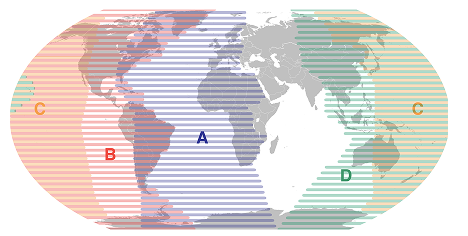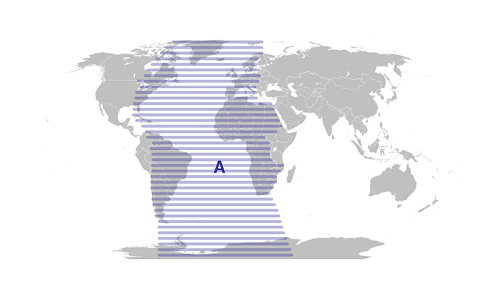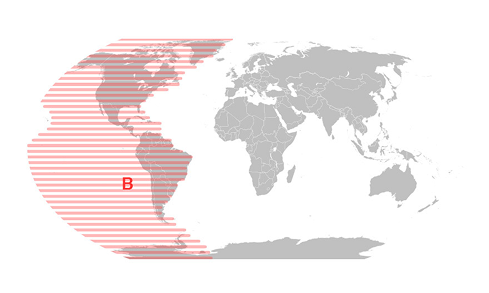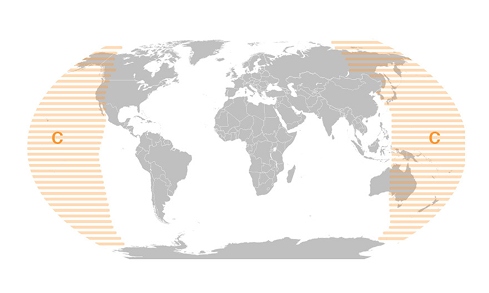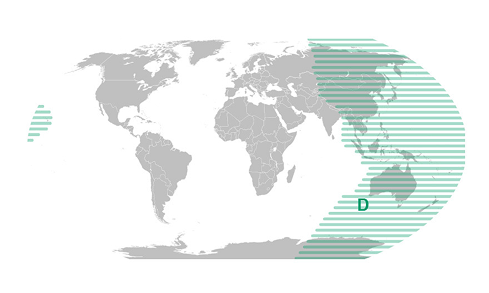The History of Circle of Security International
Circle of Security-International was incorporated in 2008 in response to growing interest and international demand for training in the Circle of Security-Intensive intervention. As interest grew, so did the company. And when an evening and weekend project centered around Glen Cooper’s garage morphed into the Circle of Security Parenting program, the company’s rate of growth increased exponentially.
Some pivotal moments in our company's history:
- The publication of the results from the first trial of the COS-Intensive program in 2006 which spurred initial interest in training and supervision.
- The desire to create a scalable and effective COS protocol (the Circle of Security Parenting (COSP) program) and its companion COSP Facilitator training which was launched in 2010. COSP training has introduced providers from many disciplines to the Circle.
- The publication of the Circle of Security Intervention book in 2014 increased interest in the intensive psychotherapeutic approaches.
- Publication of the book for parents and caregivers in 2017 called Raising a Secure Child increased our ability to reach communities around the world.
- The development of the Fidelity Coaching model that allows Registered COSP Facilitators around the world access to a COSP-informed method of reflective consultation.
- The shift to online streaming of the COSP content (2018) and online training for the COSP program (2020).
- The retirement of the Co-Originators of the Circle of Security models following a multi-year transition to the current Leadership Team.
- The development of new online course content allowing learning from home and extending provider capacity while reducing training cost.

By 2020, more than 35,000 providers around the world had attended COSP trainings held in more than 20 countries. The COSP program has been translated into multiple languages. As more providers learn the fundamentals of our approach, two more recent areas of growth have emerged. First, there has been expanding interest in applying the COSP model to early learning sites, leading to the development of the COSP-Classroom Approach. Second, providers began asking for post-training support spurring the development of our Fidelity Coaching model.
None of us could have foreseen the ways in which the Circle of Security has touched people’s lives. While our company’s primary focus is on training providers to deliver the Circle of Security models in various settings, we are inspired by the ways in which professionals and communities use the Circle to impact caregivers and children worldwide. That is why we feature the story of one of the early applications of the Circle of Security-Intensive model in a prison-based program for pregnant and parenting mothers with histories of trauma and substance abuse on one of our web pages; the remarkable story of Tonier Cain and her youngest daughter (an infant when Tonier went through the COS-Intensive program and now a teenager) exemplifies how hope, courage and a roadmap to security can inspire change.
The First Circle: How It All Began
Glen Cooper and Kent Hoffman first worked together in the mid-1970's as support staff for an outreach program in Los Angeles, CA serving the homeless and mentally ill. By the early 1980's Glen, Kent and their families had moved to Spokane, WA where they became good friends with Bert Powell. In 1985 they opened a clinical practice bound by shared interests and deep friendship. Each had pursued different paths to becoming psychotherapists and all had studied family therapy and family systems theory, which, after many years, led them to object relations theory and attachment theory. They organized training symposia together and found time for case-based peer reflection centered around watching videotape of their work with family therapy.
Glen, Kent and Bert talk about how learning together was a form of play and about how their friendship evolved into a deep professional connection.
Glen, Kent and Bert were motivated to pursue further training on attachment theory because it seemed to offer a coherent way to understand a unifying set of concerns their clients brought to therapy: struggles with disconnection and emotion regulation. In 1993, they attended a training on the preschool attachment coding system and met Jude Cassidy, PhD. They convinced Jude to teach them her graduate attachment seminar via weekly telephone calls: what began as a one-semester course evolved into two years of fruitful study and an enduring friendship with Dr. Cassidy. Toward the end of the 1990's, the work with Dr. Cassidy also evolved into the Circle of Security.
Glen, Kent and Bert talk about their initial attempts to create a graphic representation that would help parents understand attachment.
The 1990's also included several years of consulting with Spokane Head Start programs—a way of watching the circle of children going out to explore and coming in for comfort or protection happen in real time. Glen, Kent, and Bert were excited to create and pilot a clinical application that combined family systems, object relations, and attachment theory. The initial groups (led by Glen and Kent) were with parents enrolled in a local Early Head Start home visiting program; at the same time, Kent conducted several groups at a local program serving homeless/street dependent parents. Introducing the Circle of Security to parents led to further refinement of the model as Glen, Kent and Bert struggled to present attachment in a coherent way to stressed parents.
Glen, Kent and Bert talk about their initial attempts to create a graphic representation that would help parents understand attachment.
In 1998 Bert, Kent, and Glen were asked by the director of Spokane Head Start to apply for a University-Head Start Partnership grant. They invited Bob Marvin, PhD an early mentor in attachment theory for them, to be the principal investigator and were awarded a three-year grant. It was through this grant that the Circle of Security 20-week clinical group protocol (now called the Circle of Security Intensive model ) was developed.
Parents were videotaped for a pre-intervention Strange Situation Procedure (SSP). That video footage was coded both for research purposes and so the clinician could select clips to be shown to the parents during the group. The SSP made it possible to discern parents' interactional struggles with their children based on attachment theory. In addition, a parent perception interview, the Circle of Security Interview (COSI), made it possible for clinicians to determine a parent's defensive structure based on object relations theory. Using this information, a series of video clips from the SSP were specifically selected for each parent to be shown during the group.
The results of the initial Head Start partnership study were published in 2006:
Hoffman, K., Marvin, R., Cooper, G. & Powell, B. (2006).
Changing toddlers' and preschoolers' attachment classifications: The Circle of Security Intervention.
Journal of Consulting and Clinical Psychology, 74, 1017-1026.
Read JCCP Article
The Circle of Security Intensive model is described in detail:
Powell, B., Cooper, G., Hoffman, K., & Marvin. R. (2014) The Circle of Security Intervention.
Enhancing Attachment in Early Parent-Child Relationships.
New York: The Guilford Press
Buy the Book
Map of Regions
